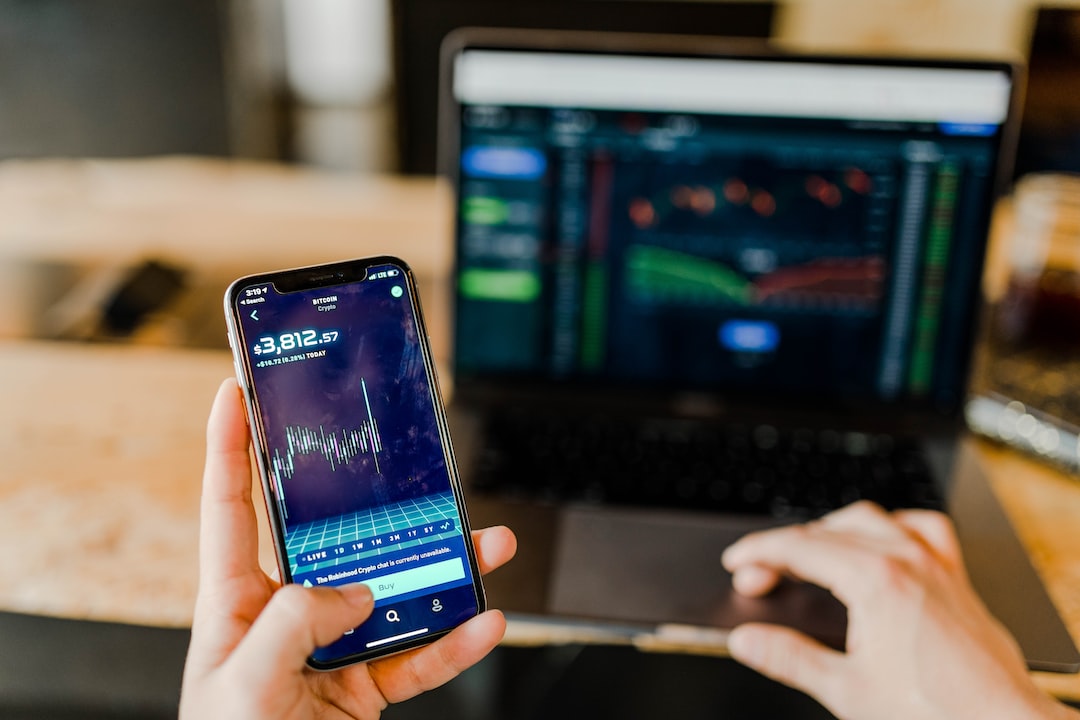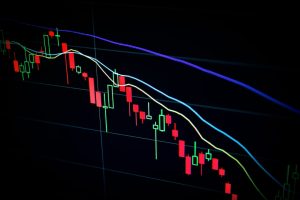Forex trading is a highly lucrative endeavor, attracting a large number of investors and traders worldwide. It is a fast-paced and dynamic market, with massive liquidity that allows traders to buy and sell currencies in real-time. Trading size is a critical aspect of forex trading, which determines the amount of risk and reward involved in the trade.
Trading size refers to the number of currency units that a trader buys or sells in a forex transaction. It is measured in lots, where one lot is equivalent to 100,000 units of the base currency. For instance, if a trader buys one lot of the EUR/USD currency pair, it means they are buying 100,000 euros and selling an equivalent amount in US dollars.
Trading size is essential in forex trading as it affects the profit or loss potential of a trade. A larger trading size means that a trader can make more significant profits or losses, depending on the outcome of the trade. However, trading size is not the only factor that determines the profitability of a trade. Other factors such as market conditions, trading strategy, and risk management are equally important.
Forex brokers offer various trading size options to traders, depending on their account type and trading experience. The most common trading sizes are standard, mini, and micro lots. A standard lot is equivalent to 100,000 units of the base currency, while a mini lot is 10,000 units, and a micro lot is 1,000 units.
Traders can choose the trading size that suits their trading style and risk tolerance. For instance, a beginner trader may opt for a micro lot size to minimize their risk exposure, while an experienced trader may go for a standard lot size to maximize their profit potential.
However, it is important to note that trading size is not the only factor that determines the risk exposure in forex trading. Traders should also consider other factors such as the leverage offered by their broker and the volatility of the currency pair they are trading. Leverage allows traders to control a large trading size with a small deposit, magnifying both profits and losses.
Therefore, it is crucial to have a sound risk management strategy in place when trading forex. Traders should only risk a small percentage of their trading account on each trade, typically between 1% to 3%. This helps to minimize the risk of losing their entire trading account in case of a losing trade.
In conclusion, trading size is a critical aspect of forex trading that determines the amount of risk and reward involved in a trade. Forex brokers offer various trading size options, including standard, mini, and micro lots, to cater to the needs of different traders. However, traders should also consider other factors such as leverage, market volatility, and risk management when trading forex to minimize their risk exposure and maximize their profit potential.





